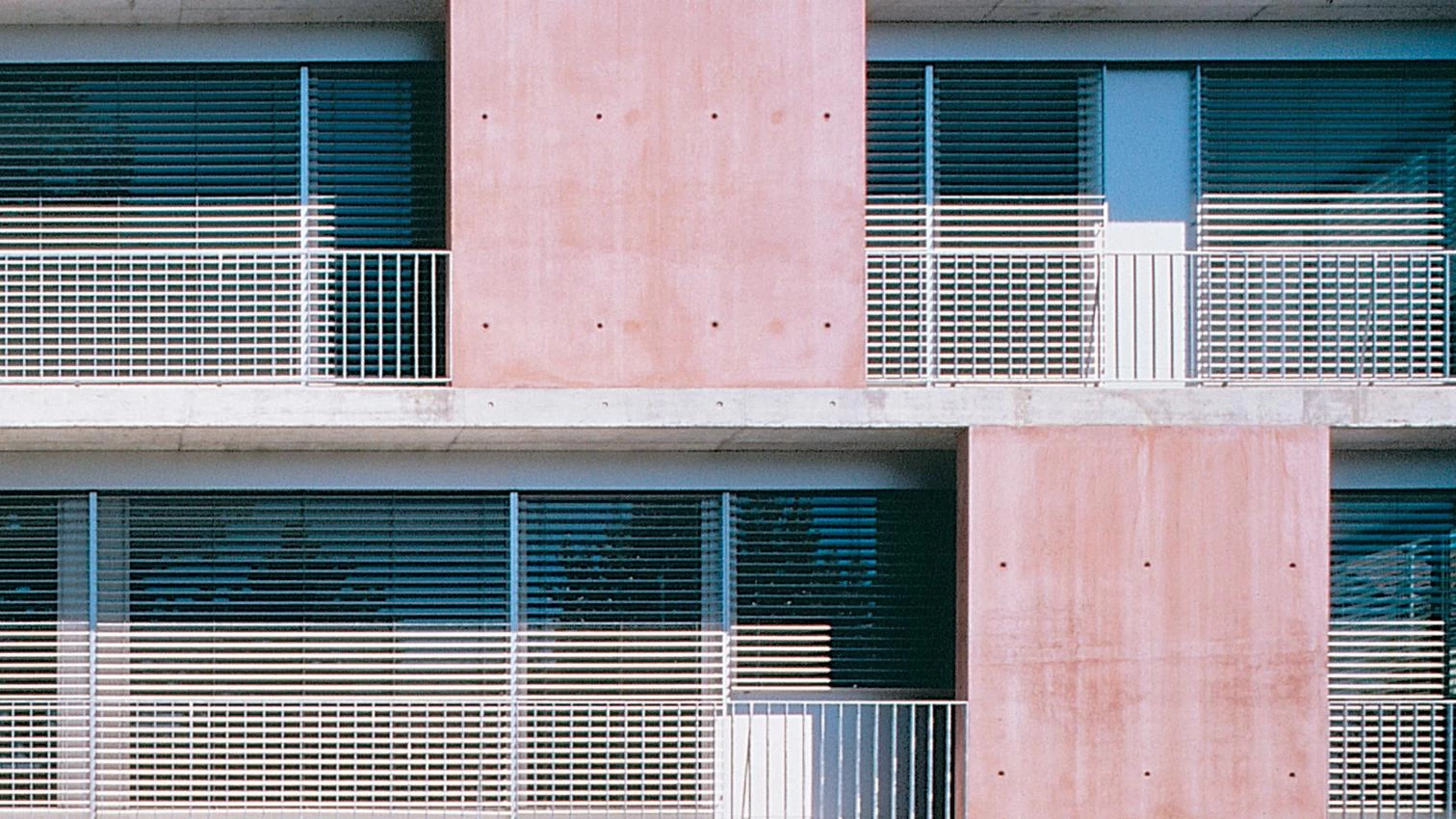
This text is an excerpt from the conversation between the French Jacques Lucan and the Swiss Martin Steinmann regarding ‘A Matter of Art’, an exhibition on current Swiss architecture held at the Centre Culturel Suisse of Paris in the spring of 2001.
Jacques Lucan. Before starting to talk about Switzerland and modern architecture, I’d like to quote Marcel Meili, who referring to the seventies said: “Modernism wasn’t perceived as an epoch that needed to be overcome. Instead, it was received as an inheritance (...).The fact that this architecture could derive its vitality in large measure from an unbroken intimacy with the Modern Movement might appear contradictory. It is one of the peculiarities of the history of Switzerland in the 20th century that it suffered the offensives against modern culture to a much smaller degree than the neighboring lands.” So, according to Meili, Swiss architecture never really turned its back on modernism. Which has given rise to an enriching and highly specific cultural status quo.
Martin Steinmann. One reason is undoubtedly that Switzerland was spared both world wars. So there was no break in continuity. Of course there were recessions, and of course modern architecture was not welcomed by everyone with open arms by any means. But it was never completely rejected. It has to be said though that during the sixties – my university years – local architecture was relatively unknown, and one of the things my generation did was bring it back to light. Thinking about it, the reason we reverted to the twenties is that there was no theoretical focus in the sixties. Turning back in time was a way of seeking a rational basis for architecture, of understanding our roots and traditions. It’s also significant that interest in Neues Bauen was rekindled in parallel with an interest in semiology. So it wasn’t just a question of coming to grips with our traditions; it was more about understanding them as a structure of forms making up a language and abounding with meanings...[+]





